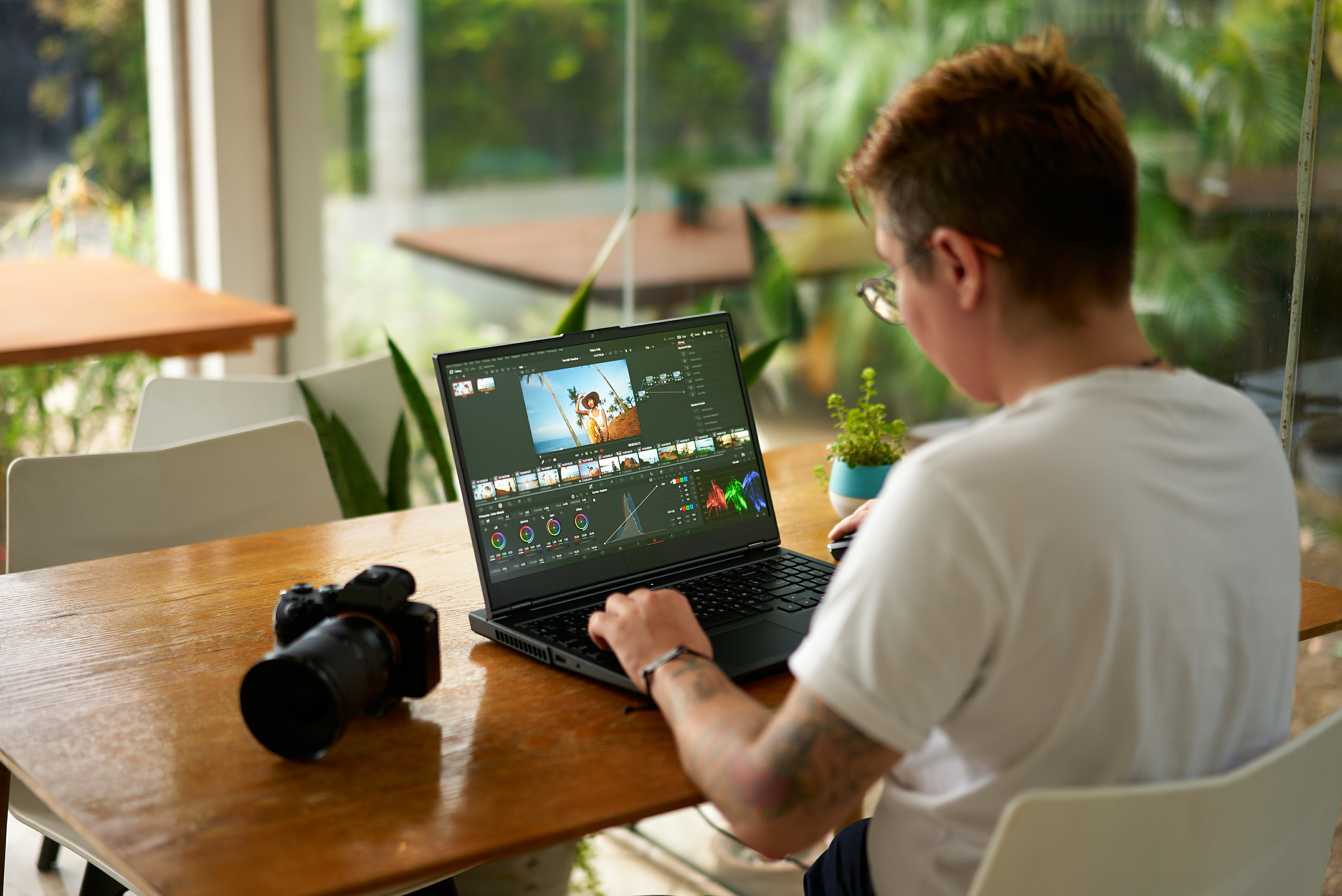Apple's Foldable iPhone: Insights on Under-Screen Camera and Design Features

In an exciting development for technology enthusiasts and Apple fans alike, news has emerged regarding the highly anticipated foldable iPhone that Apple is rumored to be developing. Recent leaks from Digital Chat Station, a source known for its connections within the Chinese supply chain, suggest that this innovative device will incorporate an under-screen camera integrated into the foldable display. However, it appears that this camera will not feature the sophisticated TrueDepth components that are integral to Apples Face ID technology.
On Monday, the leaker shared details about the device's screen specifications, revealing a substantial 7.76-inch inner display alongside a 5.49-inch outer display. While the inner display is said to utilize advanced under-screen camera technology, there remains uncertainty regarding the inclusion of the TrueDepth system, which is known for its ability to create a secure facial recognition map. Instead, the latest information points to the presence of a single punch-hole camera, which would simplify the design and potentially enhance the user experience.
This development aligns with claims from industry analyst Ming-Chi Kuo, who has indicated that Apple may choose to bypass the Face ID system for this model. Instead, the company is likely to implement a Touch ID side button, a feature that has already been successfully integrated into some of Apples iPad models. This decision could be rooted in the need to conserve valuable internal space within the device, a crucial factor in the design of foldable technology.
The challenges of placing Face ID components under the display are significant. The TrueDepth system relies on essential parts, such as the dot projector and infrared camera, which require an unobstructed view to function effectively. Current display technologies often impede or distort infrared light, which is essential for creating the secure 3D facial map that Face ID is known for. As it stands, achieving a fully functional under-display Face ID remains a technical challenge that Apple will need to address as display technologies evolve.
However, there are indications that Apple may be making strides towards overcoming this obstacle. Reports suggest that the company is also working on a larger 18.8-inch foldable device, with one engineering prototype featuring a "metal superstructure lens." This innovative design is said to incorporate the receiver and transmitter components of Face ID, which could potentially allow for under-display facial recognition in future iterations.
Bloombergs Mark Gurman has speculated that this sizeable foldable tablet may not hit the market until 2028. As for the foldable iPhone, its release is eagerly awaited, with expectations pointing towards a launch late next year, accompanied by a considerable price tag of around $2,000. As the release date approaches, Apple enthusiasts and industry observers will undoubtedly keep a close eye on further developments regarding the devices features and functionalities.























